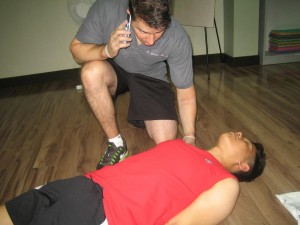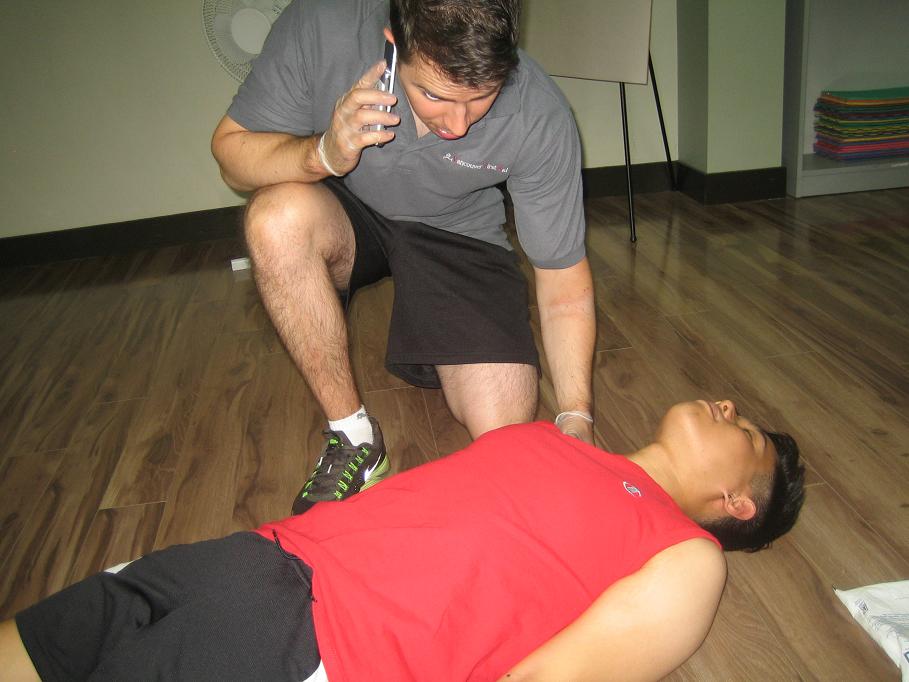Heat emergency is anything that is caused by a health catastrophe related to intense exposure to the sun’s heat. One of the most common heat emergency that is also fatal is what you call a heat stroke. Heat stroke is characterized by intense exposure to the sun that can cause seizures and death. It is during the summertime that this kind of heat emergency happens. Although older people are known to suffer from heat stroke, anybody who’s exposed to the sun for a long period of time can also suffer from this.
The material posted on this page on recognizing and managing heat stroke and other heat emergencies is for learning purposes only. If you suspect that someone is a victim of heat stroke contact EMS as soon as possible. To learn to manage and recognize heat stroke enrol in a first aid course here.
Symptoms of heat stroke
- Lightheadedness that results in dizziness
- A headache that progresses over time
- Seizures
- An irregular heartbeat that can lead to difficulties in breathing
- Feeling sick characterized by vomiting or fainting
- Hot, scaly skin
Heat stroke is also known to affect people who are under medication. Diet pills, laxatives and other pills are said to have a great reaction to heat and dehydration. If you’re taking some of these medicines, stay out from the summer heat. In case you can’t prevent it, hydrate yourself and get a load of water to drink every now and then.
First aid for a heat stroke:

Before administering first aid to a heat stroke victim, it is important that you call an 9-1-1 to make sure that paramedics are on their way. In the absence of paramedics, the following should be observed.
- Give the person enough ventilation. Make sure to lay down the person in a cold place. If you are outside, carry the victim to a shaded area where you can start giving first aid.
- Dab wet cloth on the person’s skin to reduce the temperature. If you can work on finding a cold compress that you can put on their forehead, palms or the feet, this will bring excellent relief and significantly bring the temperature down.
- If you’re inside the house, submerging the person in a tub filled with water will also help. Keep the body submerged, but don’t leave them there for a long time. Monitor the temperature from time to time so you’ll know when it’s safe to take him out of the tub.
- Should the person begins to start losing consciousness, monitor breathing and basic vital signs. Apply CPR when necessary.
Heat stroke can be fatal and it’s most likely to occur to someone who had one in the past. Make sure to protect yourself from the sun at all times. It is also important to hydrate yourself, drinking eight or more glasses of water a day, especially during the summer will reduce your risk of getting a heat stroke.
Reference:
News Medical. Tips to avoid heat stroke. Retrieved on July 11, 2014 from http://www.news-medical.net/news/20090805/Tips-to-avoid-heat-stroke.aspx

